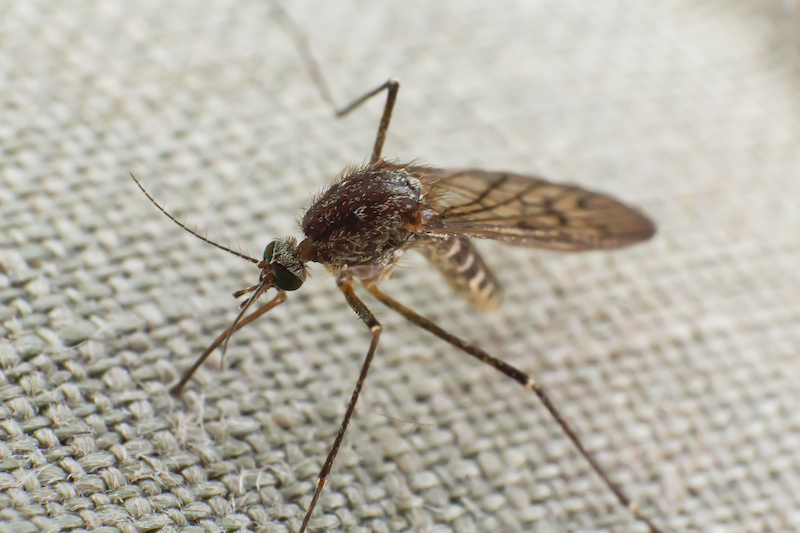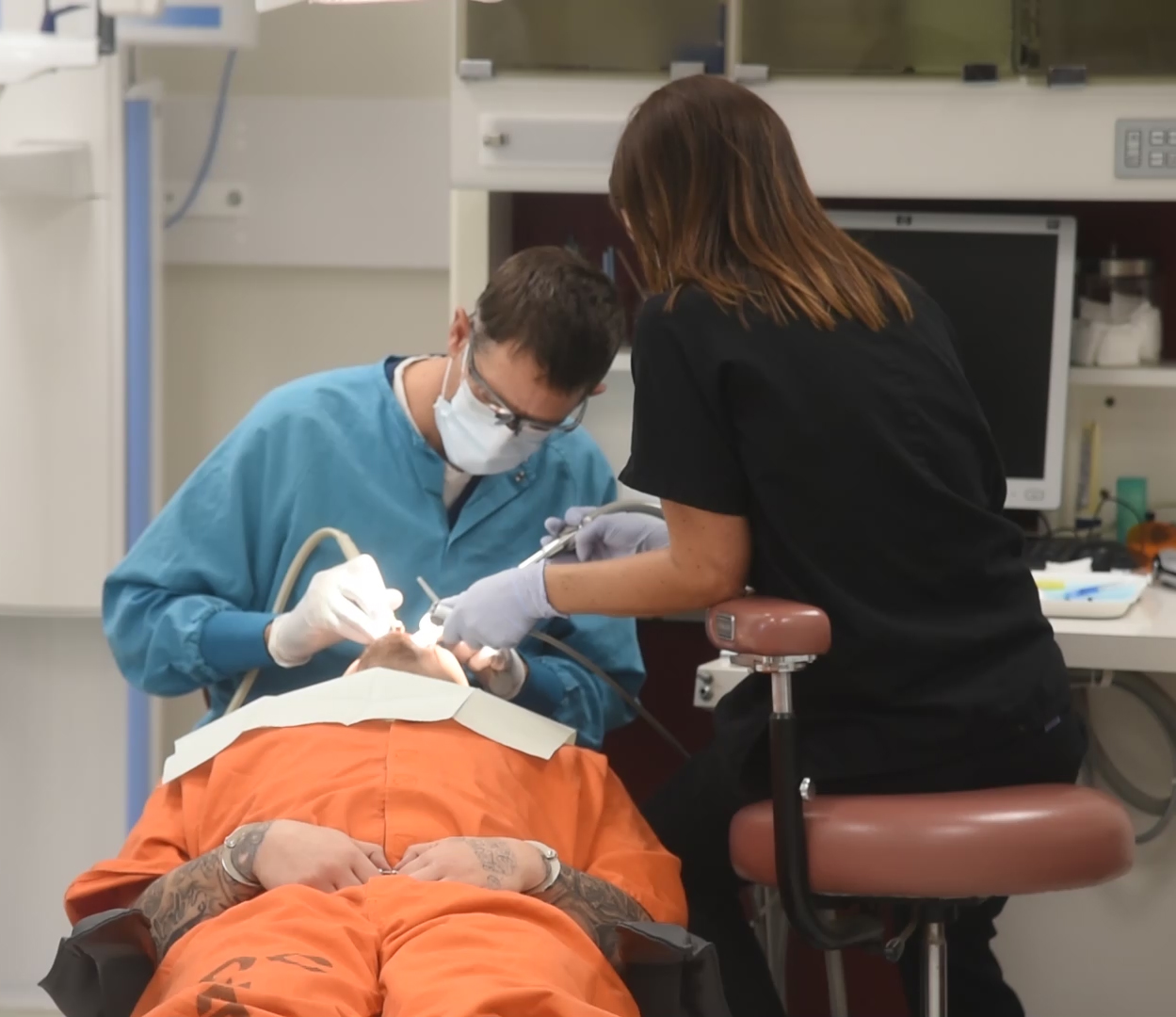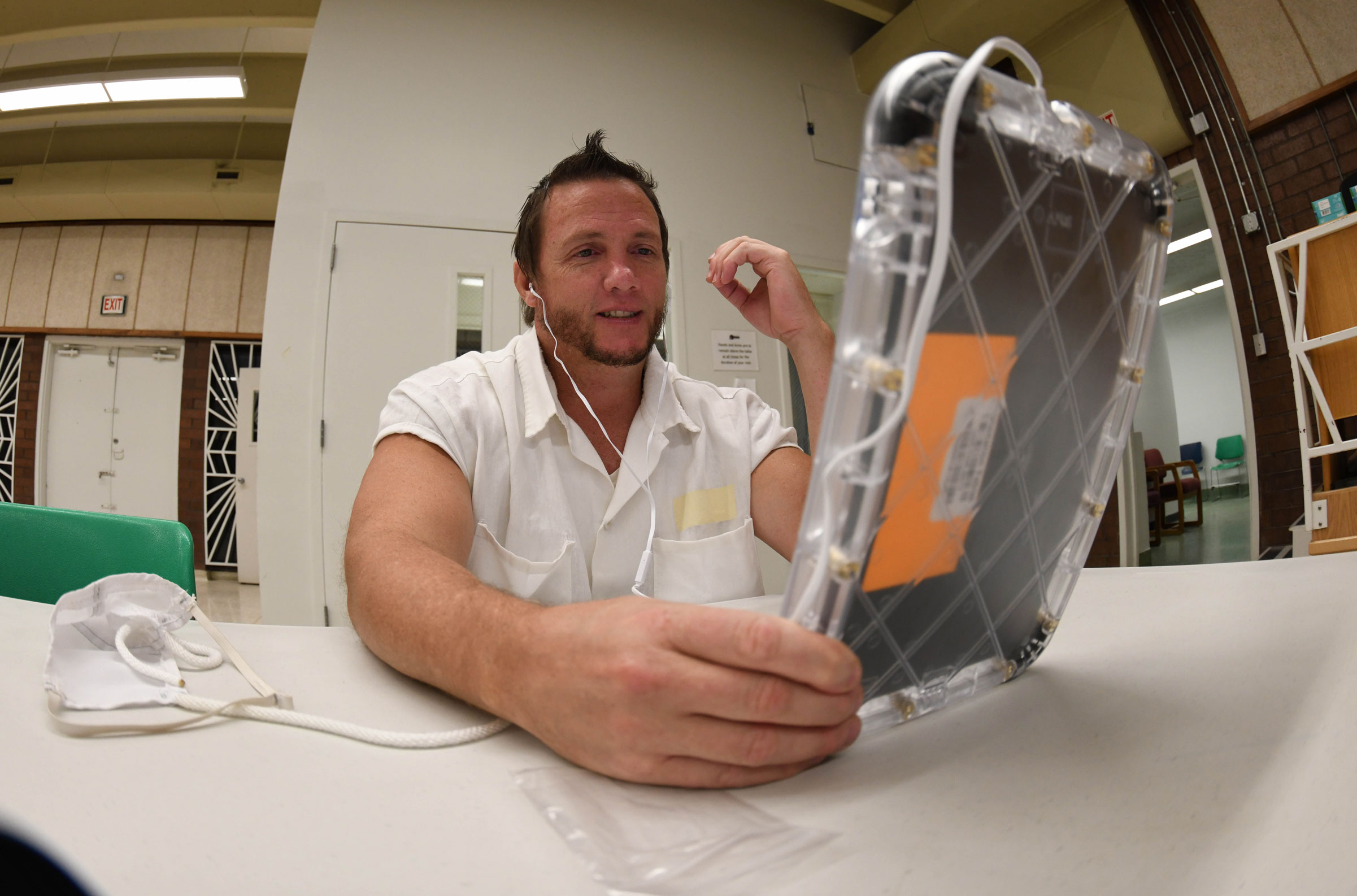In an effort to better align governmental services under those agencies best-equipped to oversee them, the Department of Health and Human Services (DHHS) will be assuming responsibility for health care in Utah’s prison system beginning July 1, 2023.
The Clinical Services Bureau, a roughly 200-employee division of the Utah Department of Corrections, will transition under DHHS as its staff continue to deliver medical, dental, optical, mental health, and pharmacy services to those incarcerated in Utah’s prison system. DHHS will maintain all bureau staff positions after the transition. The state’s correctional system includes approximately 6,000 individuals housed at the Utah State Correctional Facility (Salt Lake City), Central Utah Correctional Facility (CUCF) and those state inmates housed at county jails through contractual agreements.
Gov. Spencer Cox announced the transition Friday while releasing his proposed budget for the coming fiscal year. The Governor’s budget priorities include additional funding for medical services in the prison system. Those recommendations will be reviewed by the Utah State Legislature during the coming session beginning in January.
Because DHHS employs a number of trained and licensed medical professionals as part of its broader organizational structure and leadership team, the Governor felt the agency should oversee this specialized function.
“Ensuring continued high-quality clinical outcomes for patients in state custody should be important to all of us from a humanity perspective,” Gov. Cox said. “All Utahns deserve the opportunity to live safe and healthy lives, and that does not cease upon incarceration.”
When various nurses and leaders from DHHS helped UDC resolve a recent medication crisis in the prison system, it created an opportunity for dialogue around whether a team of people with such vast specialized medical knowledge should oversee clinical functions on a day-to-day basis.
DHHS and UDC will be jointly represented on planning and implementation committees as part of the move to ensure a seamless transition. All clinical staff will remain in their positions under new leadership, and the agencies will work to ensure there is no interruption to services provided to Utahns experiencing incarceration during the coming months.
“We are committed to working together to make this transition smooth and seamless and doing so in a transparent way,” said DHHS Executive Director Tracy Gruber. “We are no strangers to bringing diverse groups together to work for the greater good. I look forward to adding this population to our continuing mission of making all Utahns and their communities safer and healthier.”
UDC Executive Director Brian Nielson thanked existing clinical staff for their dedication to serving the incarcerated population, their families, and the broader community.
“We are so grateful to each of these women and men for performing one of the more difficult and important jobs in state government,” Nielson said of the clinical staff, adding his appreciation for Gov. Cox and the DHHS team. “Access to quality health care and mental health services plays a critical role in improving the lives of these women and men, and creating safer communities for all of us.”
There are approximately 2,600 men and women incarcerated at USCF, 1,750 men at CUCF, and another 1,500 men and women under state supervision assigned to various county jails.
DHHS Executive Medical and Deputy Director Dr. Michelle Hofmann reiterated that good medical outcomes for people who are incarcerated translate into good outcomes for society.
“As health outcomes improve, individuals who are incarcerated will have lower risks to reoffend,” she said. “Lower risk means people who eventually transition out of institutions back to their communities can do so with more certainty about their own health and well-being.”...







